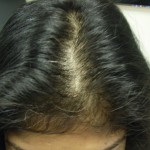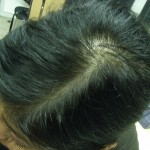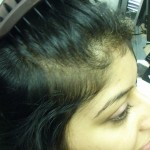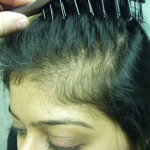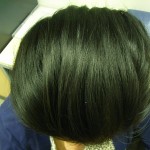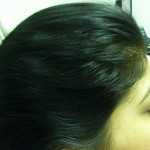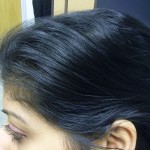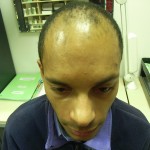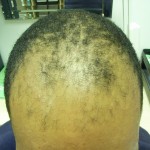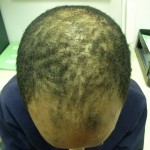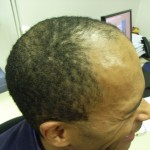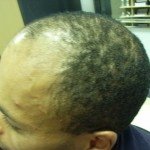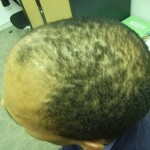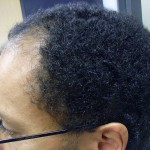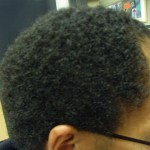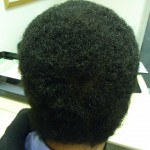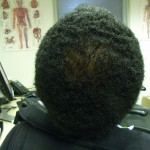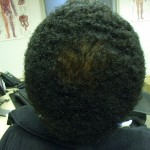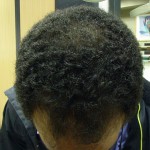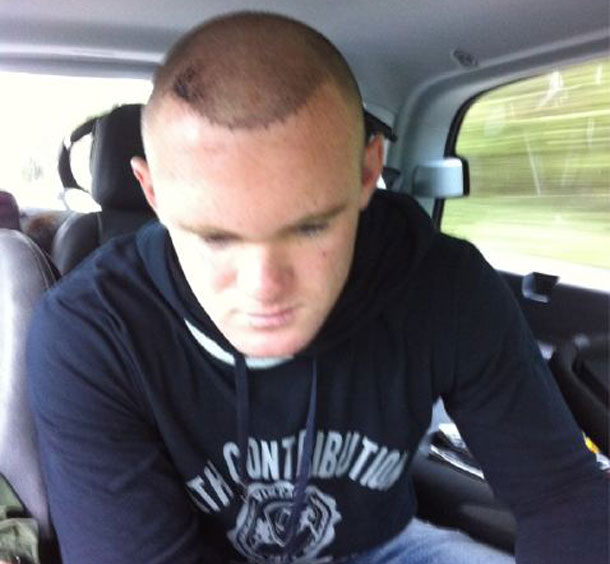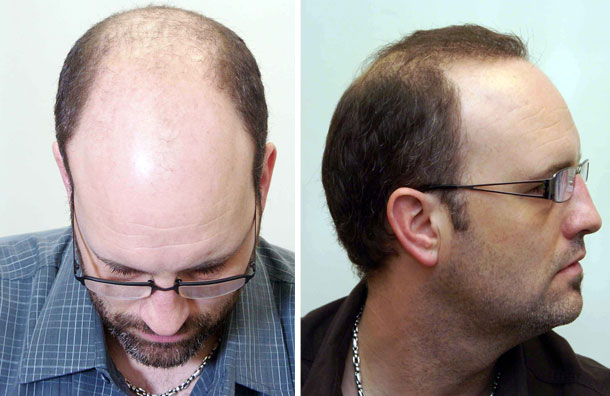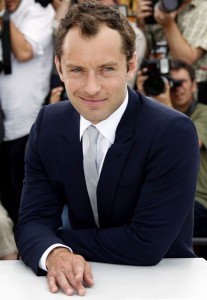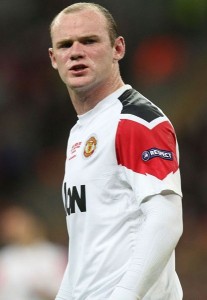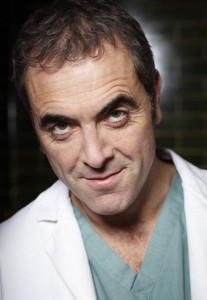23.06.2011
in Uncategorized
By Vince Graff
First, it was Cold Feet actor James Nesbitt, next came fiery chef Gordon Ramsay and acid-tongued Dancing On Ice judge Jason Gardiner.
Now footballer Wayne Rooney is the latest, and youngest, celebrity to admit to undergoing a hair transplant.

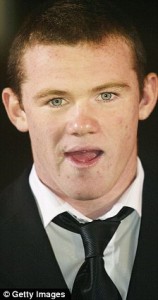
Fed up with teasing over his baldness, Rooney revealed on Twitter at the weekend that he has taken action.
‘I was going bald at 25 why not [sic]. I’m delighted with the result,’ he posted, adding: ‘It’s still a bit bruised and swollen.’
That’s hardly surprising: a hair transplant is a brutal, as well as an expensive, process, with the full works costing as much at £32,000 (admittedly not a problem for someone paid £150,000 a week to kick a ball).
Dr Maurice Collins, the surgeon who performed Irish actor James Nesbitt’s two highly publicised operations, charges £7.60 for each hair follicle he transplants at the Hair Restoration Blackrock clinic, in Dublin.
Given that a patient is likely to need anything from 1,000 to 4,500 follicles transplanted, the procedure would cost a bare minimum of £7,000.
Gordon Ramsay’s treatment at the Alvi Armani centre in Beverly Hills is said to have set him back £30,000.
But what is involved in a hair transplant and is it worth the hefty investment?
‘The hair at the back of your head is immune to the balding process — there’s always a “horseshoe”,’ says Dr Collins.
‘We take little strips of skin from there, meticulously dissect each hair follicle and transplant them one by one, using microscopes.’
In other words, you don’t get any extra hair; you merely move it from a place where it won’t be missed to a place that needs it.
There is typically a team of 18 people working on a transplant, which can take eight hours. The technicians, nurses and surgeon need to ensure the hair is kept alive when it is deprived of oxygen outside the body.
The key is getting it back into the patient’s head as soon as possible.
‘And I’m pleased to say 98 per cent of the transplanted hairs go on to thrive,’ says Dr Collins.
‘You need dense hair at the back and lots of cash’There are videos of the procedure on his clinic’s website. The sight of a surgeon carving off tiny slices of a man’s head — and then these slithers being cut into smaller pieces — made me feel a little queasy.
But the patient is awake throughout ‘and there is no pain during or afterwards’, insists Dr Collins. Some patients even amuse themselves by watching DVDs.
Surely the local anaesthetic, administered by injection to the scalp, hurts?
‘A tiny sting like an acupuncture needle,’ claims Dr Collins.
So how good are the results? Professor Andrew Messenger is a consultant dermatologist at the Royal Hallamshire Hospital, Sheffield, who specialises in hair loss.
An NHS doctor and president of the Institute Of Trichologists, he has no axe to grind.
‘With a good surgeon, transplants work very well,’ he says. So long as the patient ‘has got good hair density at the back of the scalp — and quite a lot of money’.
Things have changed since Elton John got his much-mocked hair transplant in the early Eighties.
‘It’s not like the old days where you got all of these sprouts sticking up,’ says Prof Messenger.
‘If the procedure has been carried out by a decent surgeon, I would probably not be able to tell without a close examination.’
Rooney’s surgeon at the Harley Street Hair Clinic performed the newest form of transplant on his scalp: follicular unit extraction (FUE), which leaves no scars, allowing the Manchester United and England star to show off his new hair within seven days.
FUE is a technique in which a small, custom-built punch is used to extract units of hair follicles from an area of dense growth so they can be transferred to an area of sparse growth, each unit containing one to four hairs.
With half of all men losing a significant amount of hair by the age of 50, baldness is big business — many companies, not all of them reputable, claim to ‘cure’ the condition.
No one knows the precise cause of male hair-loss, but three factors need to be present: the ‘wrong’ genes (and not, as widely thought, just from your mother’s side); advancing age; and DHT, a male sex hormone synthesised from the less potent testosterone and more prevalent in some men than others.
A Google search of ‘hair-loss cures’ yields more than 80 million hits.
Treatments on offer include lotions, laser combs, caffeine pills, soya capsules and even oil taken from emus. (Well, Rod Hull had a fine head of hair, didn’t he?)
‘People with hair loss are vulnerable to being exploited,’ says Prof Messenger. ‘Desperate people seek desperate cures.’
‘The hair is with you for life but it does go grey’One of Dr Collins’s clients admitted to rubbing his own urine on to his bald patch after reading it would halt hair loss.
So, what does work? Only two substances have reliably led to new hair growth in clinical trials: Minoxidil, sold under the brand name Regaine shampoo; and Finasteride, which is the active ingredient in Propecia tablets.
But, says Prof Messenger, even those products increase hair density by, at best, 10 to 15 per cent. And once you stop using them, the new hair falls out.
This may explain why Wayne Rooney sought a more radical solution.
Transplanted hair — assuming it’s taken from a part of the head that wasn’t going to go bald in any case — is with you for life, though it does go grey.
Dr Collins insists that the first thing he tells his patients is ‘nobody needs a hair transplant. You can live a perfectly normal life without hair on your head’.
But as the queues of people waiting to pay £30,000 to end their baldness prove, some men aren’t convinced — and Rooney was obviously one of them.
For treatments that work without any side effect read:
Do you have Hair Loss Problems, read our Hair Loss Help





